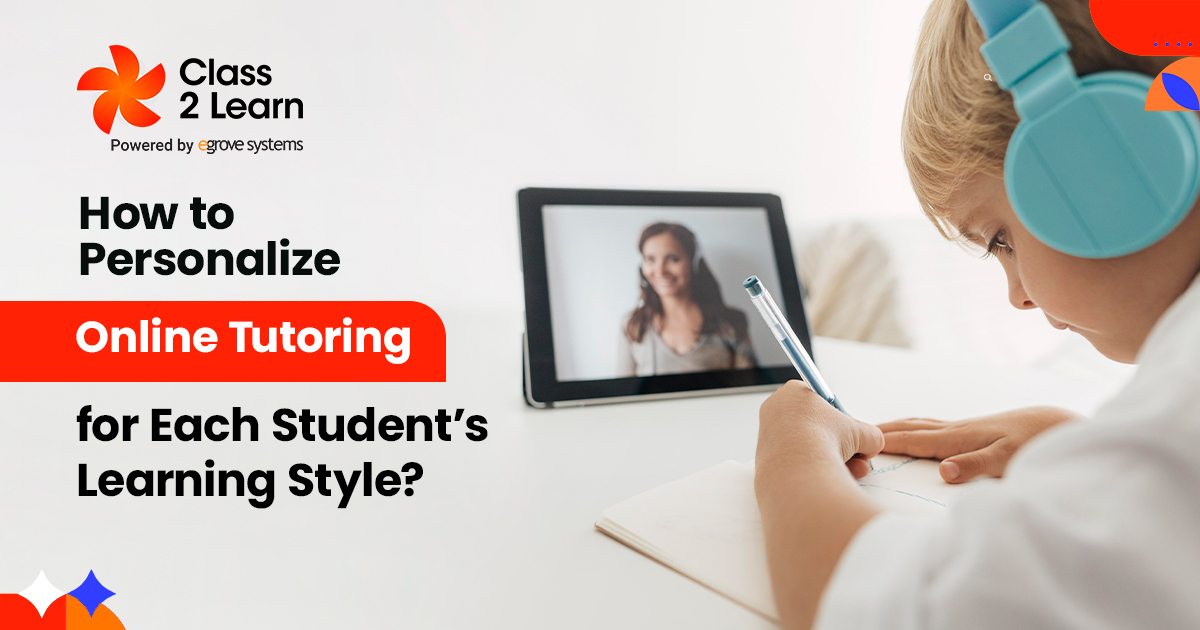Modern teaching uses technologies to increase the use of videos to deliver information traditionally imparted through lectures. Whether recorded by the teacher themselves, an educational publisher, or from an outside source, video-based learning offers many advantages to teachers and students.
Video Learning and its Benefits:
Video lessons can take many forms and come from different sources. Teachers can record their lectures based on their curriculum, or they can use those created by their school, a technology provider, or an open education resource (OER) that makes video lessons available online. Teachers may use video to supplement their lessons, as at-home assignments, or as a replacement for regular lessons.
The popularity of video classes is growing for a variety of reasons. The fact that students may view them at their leisure has various advantages. To make time for other educational pursuits, they might be provided for students to view on their schedule rather than in class. Students can go over courses they missed or go over passages they have to review more carefully.
In addition, pre-recorded lessons can be reused across multiple classes and expand the audience of the video. This means less work for the teacher and allows for larger class sizes. The teacher can devote their time to answering questions and introducing new topics while basic concepts can be explained in video form.
One more advantage of video is that it provides a consistent experience for all students. The instructor doesn’t need to worry about forgetting an important detail in one class compared to other sessions, and they can be sure that their video is the most comprehensive and clear version of the lesson.
Video Allows for a Flipped Classroom
Pre-recorded video can make up part of the concept known as the ‘flipped classroom’, where lessons normally taught in class are given at home and class time is used for reinforcing lessons through problem-solving activities that might have been used as homework in normal classrooms.
While not necessarily dependent on video, the flipped classroom is much easier to accomplish when you can provide an equivalent to in-person instruction through a video, as opposed to introducing students to new concepts through assigned reading that won’t engage students as easily.
The flipped classroom gives more time for exercises that can be done most effectively in class with the teacher to give guidance, and where the teacher can observe struggling students and provide more feedback than the grades on a homework assignment.
Disadvantages of Video Teaching
There are some downsides to video teaching that educators should keep in mind. Pre-recorded video is inflexible compared to in-person or live video instruction since teachers can’t pause to clarify concepts or answer questions in the middle of lessons.
While students can take notes to ask them later, they may not take the opportunity, and it is not as effective as getting the question answered immediately while the rest of the class is paying attention. Videos from outside sources like OERs may not cover the subject matter in the same ways that the curriculum requires and they may not be aligned with school-adopted teaching standards.
Videos may not be as attention-grabbing as teachers hope without serious effort into the production. It’s often recommended that videos are kept shorter, such as the 3-5 minute or 10-12 minute range, to keep students from losing interest, but this takes more work and you may not be able to create or find videos covering smaller-scope topics in a way that aligns with the goals of the curriculum.
Read More: 12 Top Uses for a Learning Management System
The Potential of Online Video
In addition to pre-recorded video, live-streaming classes have become common even before the pandemic. Many colleges and universities have created massive open online courses (MOOCs) that are widely available to non-enrolled students. Both recorded and live classes that can be watched by anyone online drastically improves the accessibility of education in a variety of subjects.
Video teaching only becomes stronger as time goes on. Creation tools are improving and becoming easier to use, and the library of freely available videos is growing. Video has the potential to fill a variety of roles as education utilizes online teaching capabilities.





Add comment